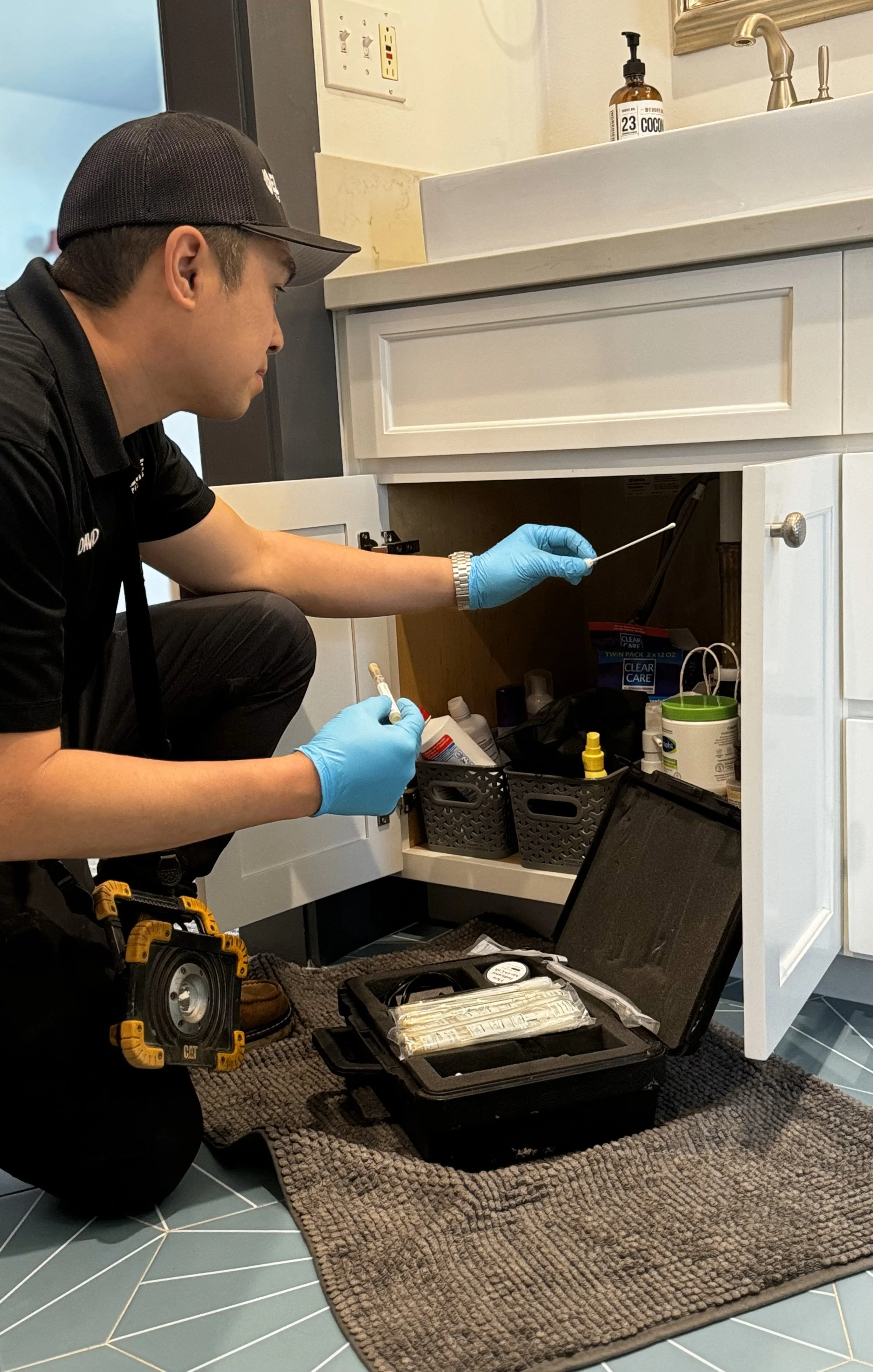What’s Hiding in Your Walls? The Truth About Mold, Moisture, and Indoor Air Quality
You vacuum, dust, and change your air filters—but is your home really as healthy as it looks?
For many homeowners, the biggest threats to their home’s safety and value are the ones they can’t see—like hidden moisture, mold, and poor indoor air quality. These issues are surprisingly common and often go unnoticed until they start affecting your health, your comfort, or your wallet.
Here’s what every homeowner should know about what could be lurking behind the walls—and how to spot it before it becomes a major problem.
Why Mold and Moisture Are Such a Big Deal
Mold isn't just a cosmetic issue. It can:
Trigger allergies, asthma, and respiratory issues
Deteriorate drywall, wood, and insulation
Spread quickly in the right conditions (dark, damp, and undisturbed)
Affect your home’s value or hold up a sale if discovered during inspection
Moisture issues often go hand-in-hand with mold, especially if you’ve had:
Plumbing leaks
Roof damage
Poor bathroom or kitchen ventilation
High humidity or condensation
Flooding or water intrusion
The problem? Mold doesn’t always announce itself with big black spots on the wall. Sometimes it’s a musty smell, peeling paint, or even just a feeling of stuffiness in the air.
Signs You Might Have a Hidden Moisture or Mold Issue
Keep an eye out for these red flags:
Musty or damp odors, especially in basements or bathrooms
Discoloration on ceilings or walls, even faint yellow or brown stains
Peeling, bubbling, or warped paint and wallpaper
Condensation on windows or walls
Creaky or sagging floors (possible subfloor moisture)
Increased allergy symptoms indoors
Even if you can’t see the problem, your home might be trying to tell you something.
How a Home Inspector Can Help
You don’t need to tear open your walls to find the truth. A certified home inspector uses tools and experience to detect hidden moisture and air quality issues without being invasive.
We use things like:
Moisture meters to detect wet spots behind drywall or under flooring
Infrared cameras to identify temperature differences from leaks or trapped moisture
Ventilation checks in bathrooms, kitchens, attics, and crawlspaces
Visual inspections for signs of microbial growth, poor drainage, or roofing issues
If mold is suspected, we may recommend a professional mold test or air quality analysis, especially if health concerns are involved.
Indoor Air Quality: What You Breathe Matters
Even if you don’t have visible mold, indoor air quality (IAQ) can still suffer due to:
Pet dander, dust mites, and pollen
VOCs from paint, furniture, or cleaning products
Poor ventilation in tightly sealed homes
High humidity levels
Poor IAQ can lead to fatigue, headaches, sinus problems, or worse over time.
What Homeowners Can Do Right Now
Here are simple steps to protect your home and your health:
Run exhaust fans in kitchens and bathrooms—every time.
Use a dehumidifier in basements or humid areas (aim for 30–50% humidity).
Check under sinks and behind toilets regularly for slow leaks.
Keep gutters clear and make sure water drains away from your foundation.
Schedule a moisture and air quality inspection every few years or after any major water event.
The Bottom Line
A clean home isn’t always a healthy home—especially when problems are hidden behind drywall or under your floors. Mold, moisture, and poor air quality can take a toll on your health, your comfort, and your property value.
At Elevate Inspections, we help homeowners uncover what’s really happening inside their homes—so they can fix issues early, breathe easier, and feel confident in the health of their space.


